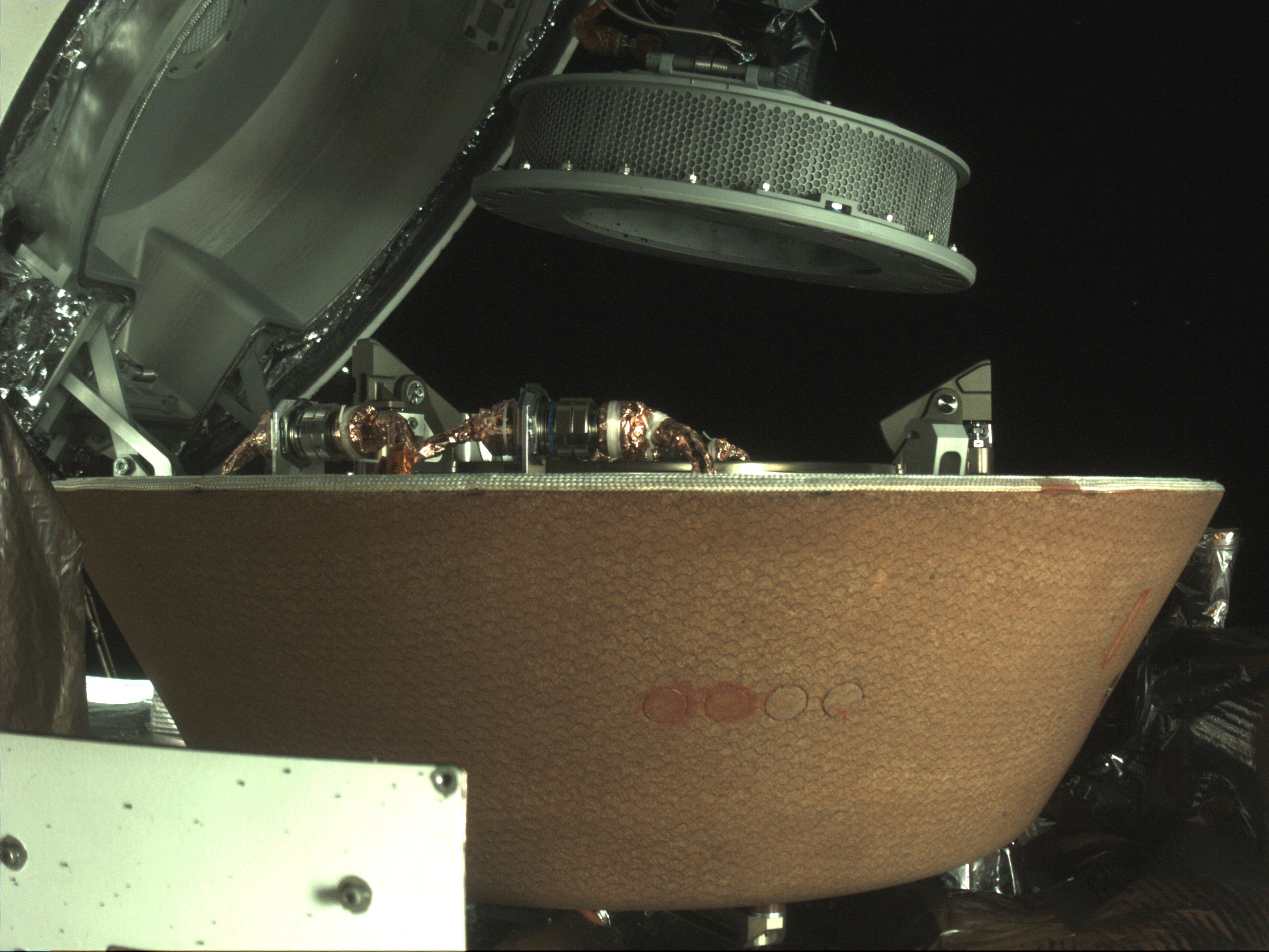Asteroid samples tucked into capsule for return to Earth
A NASA spacecraft more than 200 million miles away has tucked asteroid samples into a capsule for return to Earth, after losing some of its precious loot

Your support helps us to tell the story
From reproductive rights to climate change to Big Tech, The Independent is on the ground when the story is developing. Whether it's investigating the financials of Elon Musk's pro-Trump PAC or producing our latest documentary, 'The A Word', which shines a light on the American women fighting for reproductive rights, we know how important it is to parse out the facts from the messaging.
At such a critical moment in US history, we need reporters on the ground. Your donation allows us to keep sending journalists to speak to both sides of the story.
The Independent is trusted by Americans across the entire political spectrum. And unlike many other quality news outlets, we choose not to lock Americans out of our reporting and analysis with paywalls. We believe quality journalism should be available to everyone, paid for by those who can afford it.
Your support makes all the difference.A NASA spacecraft more than 200 million miles away has tucked asteroid samples into a capsule for return to Earth after losing some of its precious loot.
Flight controllers moved up the crucial operation after some of the collected rubble spilled into space last week.
The Osiris-Rex spacecraft gathered pebbles and other pieces of asteroid Bennu on Oct. 20, briefly touching the surface with its robot arm and sucking up whatever was there. So much was collected — an estimated hundreds of grams' worth — that rocks got wedged in the rim of the container and jammed it open, allowing some samples to escape.
Whatever is left won’t depart Bennu's neighborhood until March, when the asteroid and Earth are properly aligned. It will be 2023 — seven years after Osiris-Rex rocketed from Cape Canaveral — before the samples arrive here.
This is the first U.S. mission to go after asteroid samples. Japan has done it twice at other space rocks and expects its latest batch to arrive in December.
Rich in carbon, the solar-orbiting Bennu is believed to hold the preserved building blocks of the solar system. Scientists said the remnants can help explain how our solar system's planets formed billions of years ago and how life on Earth came to be. The samples also can help improve our odds, they said, if a doomsday rock heads our way.
Bennu — a black, roundish rock bigger than New York's Empire State Building — could come dangerously close to Earth late in the next decade. The odds of a strike are 1-in-2,700. The good news is that while packing a punch, it won't wipe out the home planet.
___
The Associated Press Health and Science Department receives support from the Howard Hughes Medical Institute’s Department of Science Education. The AP is solely responsible for all content.